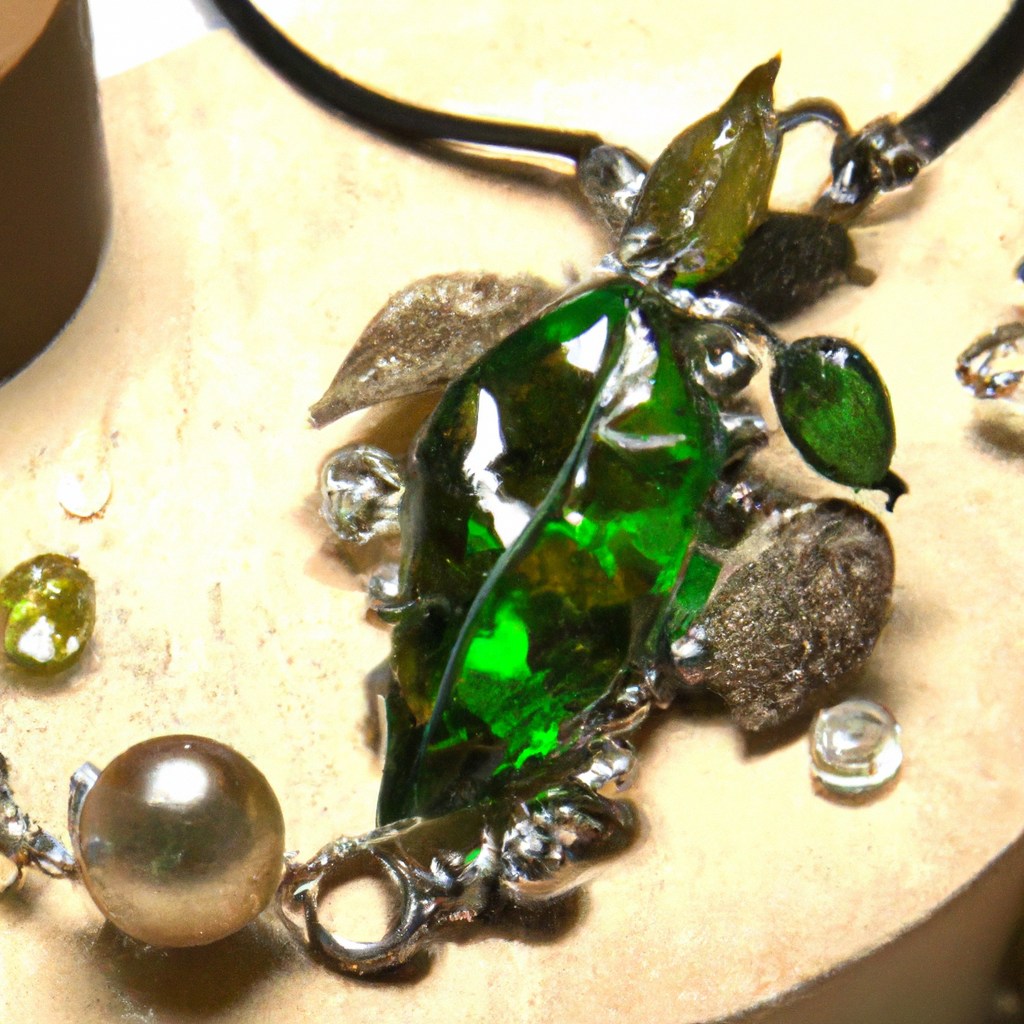Keum-boo jewelry is an ancient jewelry technique that involves the application of thin gold foil on the surface of base metals, creating a beautiful contrast of colors and textures. This technique is also known as the gold foil technique or metal gilding, and it originated in Korea, where it has been used for centuries to create precious metal leafing on different objects such as pottery, metalwork, and jewelry. In this article, we will explore the techniques involved in creating keum-boo jewelry, from metalworking to jewelry making, and the tools and materials required to achieve stunning results.
Metalworking techniques for keum-boo jewelry
Keum-boo jewelry is created by applying a thin layer of 24-karat gold foil on the surface of a base metal, such as silver, copper, or brass. Before applying the gold foil, the base metal is prepared by cleaning, annealing, and sanding it to a smooth finish. The metal is then cut into the desired shape and size for the jewelry piece. The metalworking process involves several steps, including:
1. Annealing: This is the process of heating the metal to a high temperature and then cooling it slowly to improve its ductility and make it easier to work with.
2. Cleaning: The metal is cleaned thoroughly to remove any dirt, grease, or residue that may affect the adhesion of the gold foil.
3. Sanding: The metal is sanded to a smooth finish using various grits of sandpaper or a polishing wheel.
4. Cutting: The metal is cut into the desired shape and size using a jeweler’s saw or a metal cutting tool.
Jewelry making techniques for keum-boo jewelry
Once the metal is prepared, the gold foil is applied to the surface using a combination of heat, pressure, and burnishing. The jewelry making process involves several steps, including:
1. Applying the adhesive: A thin layer of adhesive is applied to the surface of the metal using a brush or roller. The adhesive is usually a mixture of water and a binder, such as hide glue or gum arabic.
2. Applying the gold foil: The gold foil is carefully placed on top of the adhesive and pressed down using a burnishing tool or a soft-bristled brush. The gold foil should be smooth and wrinkle-free to ensure a consistent application.
3. Heating the metal: The metal is heated using a torch or a kiln to bond the gold foil to the surface. The heat should be applied evenly to avoid melting the gold foil or warping the metal.
4. Burnishing the gold foil: Once the metal has cooled, the gold foil is burnished using a burnishing tool or a soft-bristled brush. Burnishing helps to smooth out any wrinkles or bubbles in the gold foil and creates a shiny, reflective surface.
Tools and materials for keum-boo jewelry
To create keum-boo jewelry, you will need the following tools and materials:
1. Base metal: Silver, copper, and brass are commonly used as base metals for keum-boo jewelry.
2. Gold foil: 24-karat gold foil is the most commonly used type of foil for keum-boo jewelry.
3. Adhesive: A mixture of water and a binder, such as hide glue or gum arabic, is used as an adhesive for the gold foil.
4. Burnishing tool: A burnishing tool or a soft-bristled brush is used to smooth out the gold foil and create a shiny surface.
5. Heating tool: A torch or a kiln is used to heat the metal and bond the gold foil to the surface.
Conclusion
Keum-boo jewelry is a beautiful and ancient jewelry technique that involves the application of thin gold foil on the surface of base metals. The metalworking and jewelry making techniques involved in creating keum-boo jewelry require skill, patience, and attention to detail. With the right tools and materials and a bit of practice, you can create stunning keum-boo jewelry pieces that are unique and eye-catching. Whether you are a beginner or an experienced jeweler, keum-boo jewelry is a technique that is worth exploring for its beauty and versatility.







